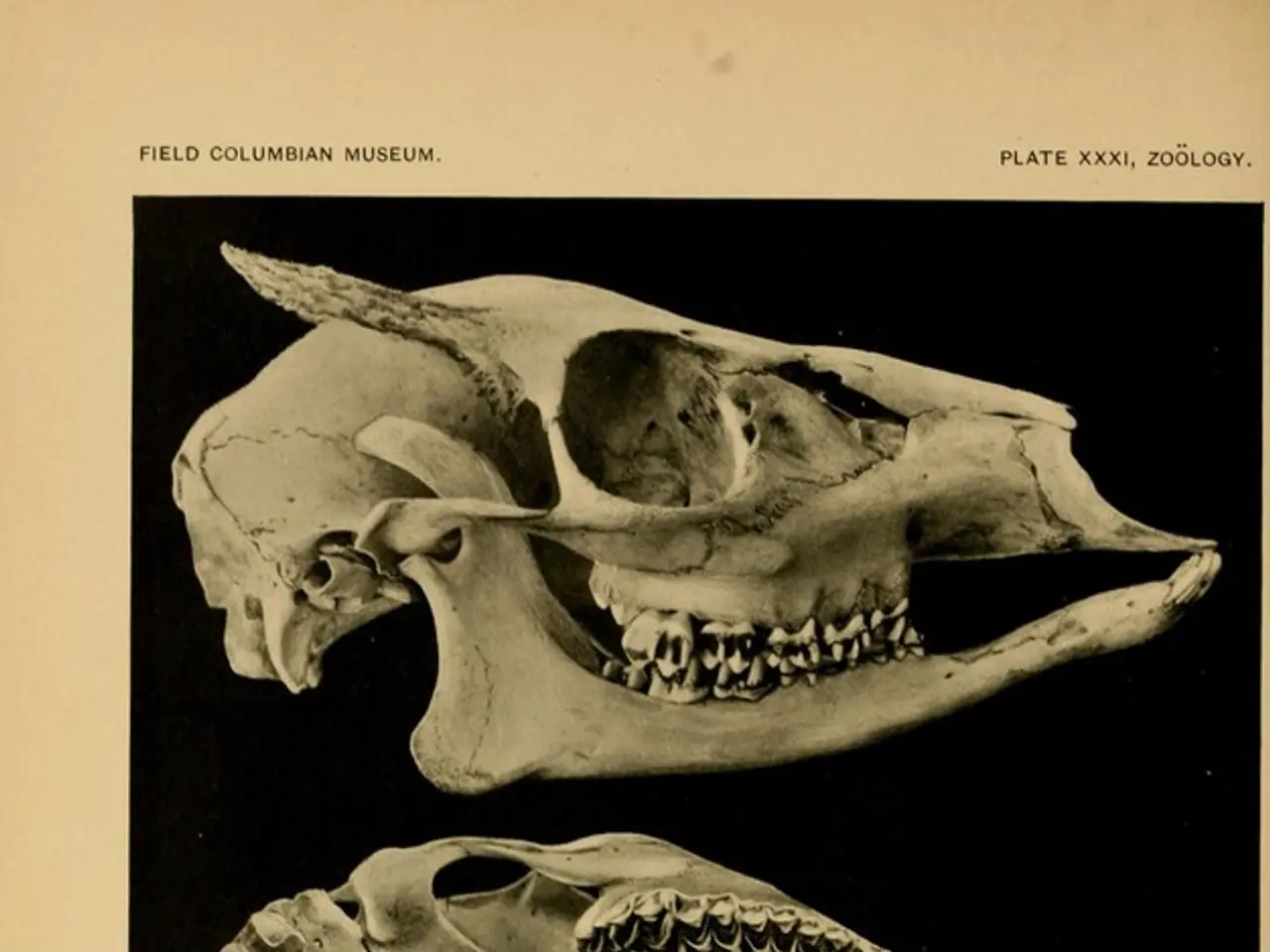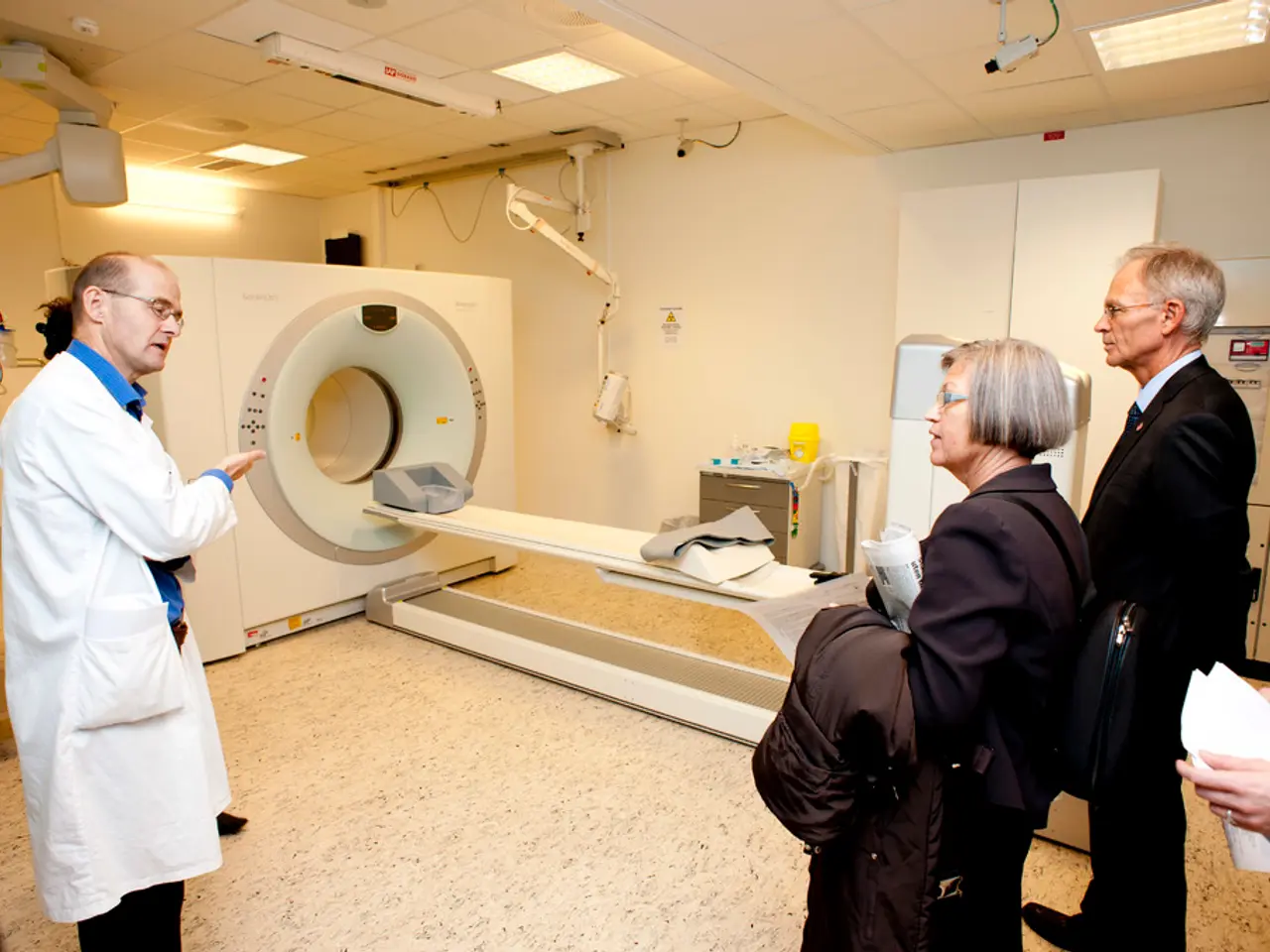Adaptation of Neurons Post-Injury: An Examination of Neuroplasticity's Role in Recovery Processes
In the quest to help the brain recover from injury, scientists are exploring innovative avenues that leverage the brain's inherent ability to reorganize and form new neural connections. These approaches aim to restore lost functions rather than merely compensate for them.
Neuroplasticity, the brain's key strategy for adapting and reorganizing after injury, is at the heart of these efforts. The brain has an incredible capacity to reroute neural pathways to bypass damaged areas, forming new connections and allowing information to be processed through alternative routes.
However, several factors can limit neuroplasticity after injury. These include the age of the individual, the severity and location of the injury, and the timing of intervention. That's why a multi-modal approach is crucial for maximizing brain adaptability and recovery potential.
One such approach involves the use of non-invasive brain stimulation techniques, such as transcranial magnetic stimulation (TMS), which modify neural activity to boost plasticity and facilitate recovery of functions lost due to brain injury.
Robot-assisted therapy is another key component of this approach. Robotic devices support and guide limb movements to retrain neuromuscular function, promoting synaptic strengthening and reorganization of neural pathways around damaged brain areas.
Virtual reality (VR) rehabilitation offers a new and engaging way to encourage motor and cognitive relearning. Immersive VR environments present patients with interactive, goal-directed tasks that enhance neural pathway building through repetition and intensity.
Physical therapy with purposeful movement is also essential. Focused, repetitive physical activities help rebuild motor functions by stimulating structural and functional neuroplastic changes.
Molecular and proteomic insights are shedding light on the biological mechanisms underlying neuroplasticity. Proteomic studies of cerebrospinal fluid reveal proteins linked to neuroplasticity, such as BDNF and NOTCH3, are upregulated in certain unimpaired individuals. These findings indicate potential biological targets that might be harnessed to promote plasticity and repair.
By combining technological tools with traditional rehabilitation methods, the emerging therapeutic landscape offers promising avenues for neurologic recovery. This approach goes beyond merely compensating for lost function, aiming instead to restore it through brain reorganization.
Sleep, diet, stress management, and cognitive and behavioral therapies also play crucial roles in enhancing neuroplasticity and aiding in the recovery process. A balanced diet rich in nutrients supports brain health and can enhance neuroplasticity, while managing stress and maintaining mental health are critical for optimizing recovery outcomes.
Emerging research continues to uncover new insights into the mechanisms of neuroplasticity and how they can be harnessed more effectively for rehabilitation. With each new discovery, the promise of a brighter future for those affected by brain injury grows ever closer.
[1] Kang, S., & Kim, J. (2019). Neuroplasticity and rehabilitation after brain injury: A review. Journal of Physical Therapy Science, 31(8), 2069-2075. [2] Rossini, P. M., & Rossini, M. (2017). The role of robotics in rehabilitation. Current Opinion in Neurology, 30(5), 437-443. [3] Stinear, C., & Behm, D. G. (2018). The effects of exercise on neuroplasticity and recovery of function following brain injury. Neuropsychological Rehabilitation, 28(6), 1047-1062. [4] Kim, J., & Kang, S. (2018). Proteomic analysis of cerebrospinal fluid in patients with brain injury: A review. Journal of Proteomics, 176, 113-122.
- Neuroscience research focuses on the brain's inherent capacity for neuroplasticity in recovery from injury.
- The brain's ability to form new neural connections is crucial for reorganizing and adapting after injury.
- Limitations to neuroplasticity after injury can be due to factors like age, injury severity, and timing of intervention.
- A multi-modal approach, combining technology and traditional rehabilitation methods, is essential for maximizing brain adaptability.
- Transcranial magnetic stimulation (TMS) uses non-invasive brain stimulation to modify neural activity and boost plasticity.
- Robot-assisted therapy supports and guides limb movements to retrain neuromuscular function, promoting synaptic strengthening.
- Virtual reality (VR) rehabilitation encourages motor and cognitive relearning through interactive, goal-directed tasks that build neural pathways.
- Focused, repetitive physical activities help rebuild motor functions by stimulating neuroplastic changes.
- Proteomic studies of cerebrospinal fluid reveal proteins like BDNF and NOTCH3, which are linked to neuroplasticity, are upregulated in certain unimpaired individuals.
- Enhancing neuroplasticity requires a balanced diet, stress management, mental health maintenance, and cognitive and behavioral therapies.
- Emerging research on neuroplasticity continues to uncover new mechanisms for rehabilitation, bringing hope for those affected by brain injury. [1, 2, 3, 4]




